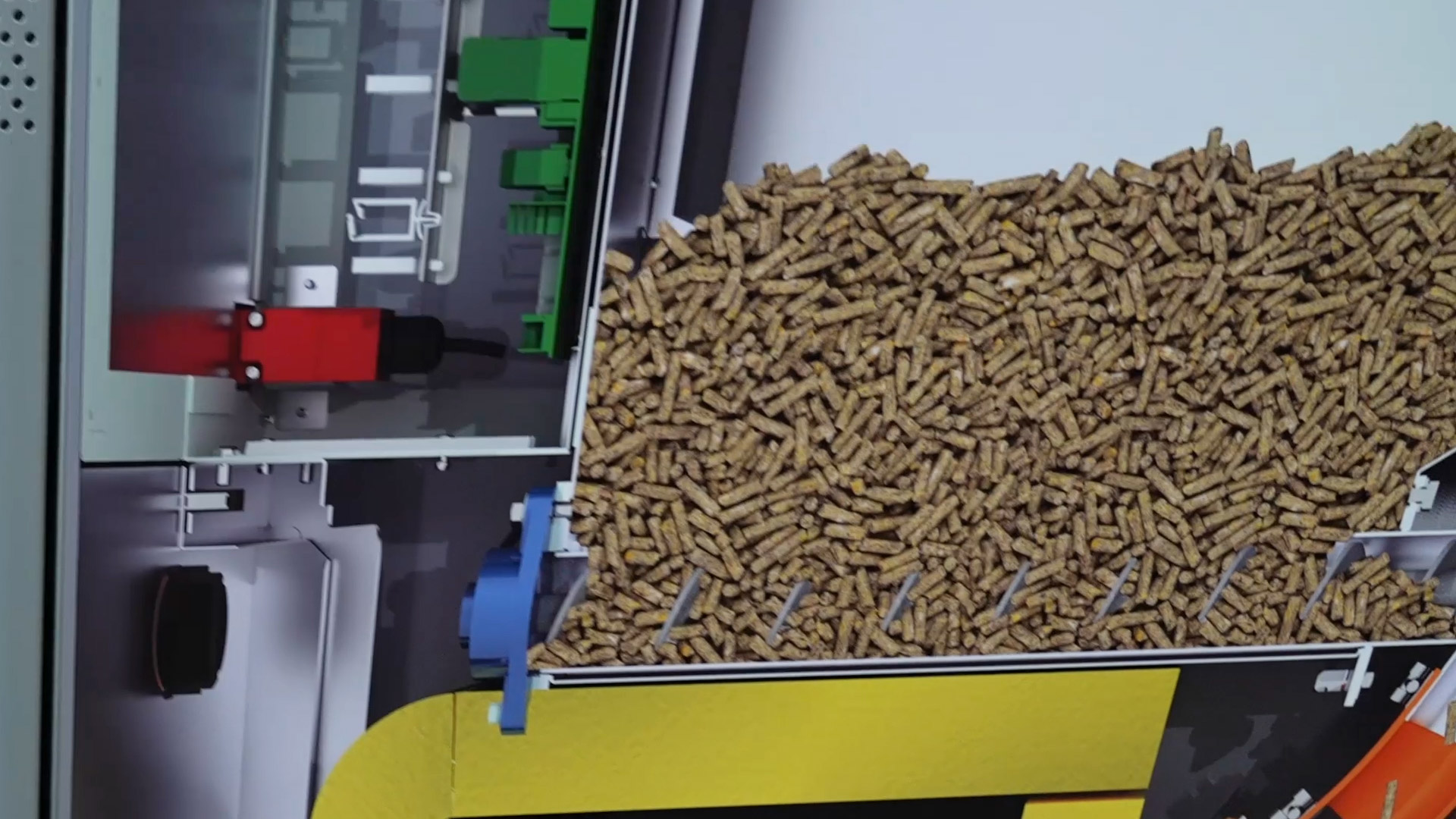LIGNA in Hanover is more than just a trade fair. It is the technical backbone of an industry that has long since ceased to be defined by planers, saws, and grinders alone. Visitors here don't just see machines – they see processes. And in many cases, entire strategies. This is because there is hardly any other environment that demonstrates so clearly how much the woodworking industry has changed in recent years – and continues to change.

Traditional machine sales – once the heart of LIGNA – have long been embedded in a broader context. It is no longer just a question of whether a machine mills faster or consumes less energy, but how it fits into digital process chains, how it delivers data, how it communicates with upstream planning tools, or how it is integrated downstream with warehousing and logistics. LIGNA not only reflects this development, it promotes it. Manufacturers no longer showcase individual components, but rather holistic production solutions – often modular, scalable, and tailored to specific applications. The increasing openness of the systems is striking. Proprietary interfaces are becoming less important, while the need for open standards is growing. For users, this means that investments can be planned more flexibly, expansions can be better integrated, and isolated solutions can be avoided. This is precisely what makes LIGNA so attractive – it is the place where compatibility is negotiated, not just performance values.
The much-cited digital transformation is not just a buzzword at LIGNA, but part of everyday life. Not in the form of visions of the future, but in the form of functioning applications. Whether it's automatic workpiece recognition in furniture production, predictive maintenance of production lines, or the seamless transfer of CAD planning data to the machine – the examples are numerous, concrete, and proven in practice. What is exciting is that digitalization at LIGNA is not seen as a technology, but as a tool. It is a means to an end – to increase efficiency, prevent errors, and flexibly control series sizes. This is particularly evident in small and medium-sized businesses: Carpenters, interior designers, and shopfitters can see how digital tools can be used without losing the character of the craft. Even companies with ten or twenty employees can find solutions here that are realistic to implement – without their own IT team, but with a big impact.
One topic that has clearly gained importance at LIGNA is the use of resources. This is not just a matter of ecological responsibility, but also of economic necessity. Raw materials are expensive, energy is scarce – efficiency is not an image factor, but a competitive advantage. Many exhibitors are therefore showcasing systems for optimizing cutting, recycling residual materials, recovering heat, and reducing energy consumption in ongoing production. Also present: new materials and composites that have their own requirements in terms of processing and recycling. For planners and production managers, this means that those who gather information at LIGNA will not only find technical solutions, but also strategic answers to key questions about the future of manufacturing.
Industrial timber construction is a rapidly growing segment at LIGNA. The demand for multi-story timber buildings, hybrid constructions, and prefabricated elements continues unabated – and the technical answers to this demand will be on display in Hanover. The exhibition will feature production lines for cross-laminated timber panels, joinery systems for complex structures, automated assembly systems, and flexible plants for the production of large-format wall, ceiling, and roof elements. One thing is clear: timber construction is no longer limited to the craft level. It is industrial, precise, reproducible – and places high demands on mechanical engineering and control technology. LIGNA brings together the players who can meet these requirements – from plant manufacturers to software developers.
With exhibitors and visitors from over 100 countries, LIGNA is international without being arbitrary. The focus is clearly on trade visitors: production managers, plant managers, managing directors, developers. The discussions at the stands are rarely superficial – they revolve around specific projects, investments, and technical conditions. This makes the trade fair not a show, but a workspace for decision-makers. Compared to many other industry events, one thing stands out: LIGNA doesn't waste any time. Visitors know what they're looking for – and often find more than they expected.
LIGNA is not a trade fair for headlines. It doesn't provide images for evening news teasers or punchlines for front pages. It works differently – through substance, through density, through the exchange between people who know what they are talking about. Its strength lies not in spectacle, but in relevance. Anyone who wants to understand how wood processing is evolving – technically, economically, ecologically – will not find ready-made answers at LIGNA. But they will find the right questions. And the machines with which they can be solved in practice.
Further information can be found on the organizer's website: www.ligna.de